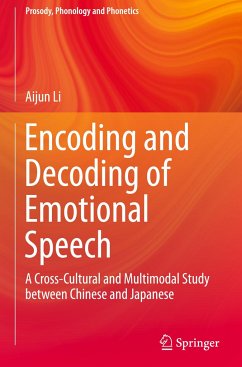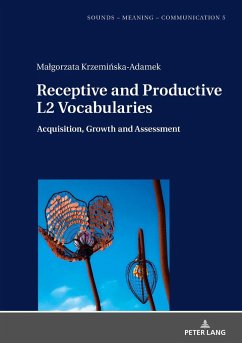
A Psycholinguistic Perspective on Finnish and Japanese Prosody
Perception, Production and Child Acquisition of Consonantal Quantity Distinctions
Versandkostenfrei!
Versandfertig in 6-10 Tagen
76,99 €
inkl. MwSt.
Weitere Ausgaben:

PAYBACK Punkte
38 °P sammeln!
In this monograph Katsura Aoyama presents a series of psycholinguistic investigations on consonantal distinctions in Finnish and Japanese. The author deftly describes differences in adult production, perception, and child acquisition of these distinctions. This is an important work for those interested in recent developments in theoretical and psycholinguistics.














